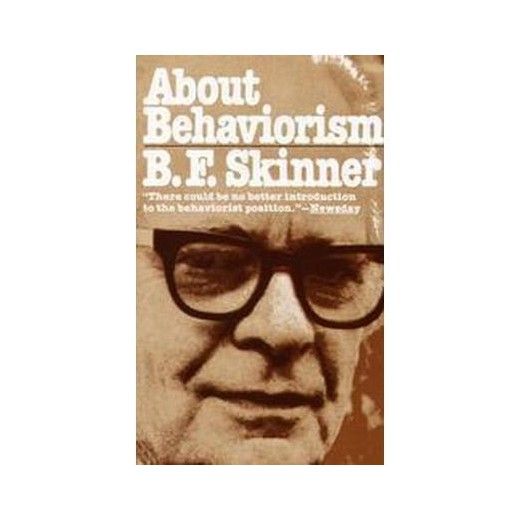Learning the basics of conversational editorial
A portion of my life these days involves trying to explain blogging and the world of conversational media to B2B journalists. And these journalists are divided into three distinct camps.
First, there are the bright and ambitious. Some of them have started blogs of their own. All of them are aware of the blogosphere and are participating by posting comments on other blogs. All of them have at least a passing understanding of the fundamental shifts in media.
The second group -- much larger than the first -- consists of people who don't understand a thing about conversational editorial, but think that they do. These folks tend to think only in stereotypes and to demonstrate shockingly low levels of curiosity. They don't read blogs. They often don't think anyone should read blogs. And they like to defend their ignorance with the sort of flawed logic that can give you a headache: "I practice reporting -- I do research, conduct interviews and collect facts. Bloggers don't do these things. I know this even though I have never researched, conducted interviews or collected facts about blogging."
When a publisher convinces someone from this group to create a blog, you'll get the lamest product imaginable. It will be "irreverent." It will likely use words such as "curmudgeon" or "rant" in the title. It won't be conversational. There won't be a feedback function. It won't have external links. All you'll get is a poorly written column that appears in reverse chronological order.
The third group, growing smaller every day, is completely unaware of what has happened in the past few years. They don't know what a blog is. They are still upset that the company started a Web site and they don't believe they should have to write for it. They have never heard of Jeff Jarvis, let alone Adrian Holovaty. They are print reporters, and they never miss an opportunity to tell you that. They are often quite delusional about their writing ability and their influence in the industries they cover. And each and every day they grow less valuable to the companies that employ them.
If you have people on your team from Group 1, you should celebrate.
If you have people on staff from Group 3, cut them loose.
But if your reporters and editors are stuck in Group 2, there is still hope.
Start by showing them this pdf file from a presentation by Amy Gahran to a group of science journalists. Then send them this post from Amy's blog and tell them to listen to the audio file.
After that, if you haven't noticed a new open-mindedness among these reporters, a new willingness to engage readers, then put them into Group 3 and start asking other people to take over their responsibilities.
tags: journalism, b2b, media, trade press, magazines, conversational media




